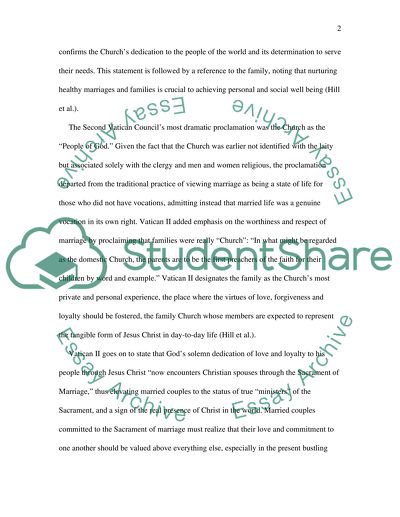Cite this document
(“Vatican II Marriage and Family (Catholic Religion) Essay”, n.d.)
Retrieved from https://studentshare.org/miscellaneous/1540141-vatican-ii-marriage-and-family-catholic-religion
Retrieved from https://studentshare.org/miscellaneous/1540141-vatican-ii-marriage-and-family-catholic-religion
(Vatican II Marriage and Family (Catholic Religion) Essay)
https://studentshare.org/miscellaneous/1540141-vatican-ii-marriage-and-family-catholic-religion.
https://studentshare.org/miscellaneous/1540141-vatican-ii-marriage-and-family-catholic-religion.
“Vatican II Marriage and Family (Catholic Religion) Essay”, n.d. https://studentshare.org/miscellaneous/1540141-vatican-ii-marriage-and-family-catholic-religion.


